It seems keeping all the browsers happy is a challenging task, what with all the security they are adding and the complexities of certificates.
I have a SPA (Vuejs) which is using oidc-client.js to implement OIDC, communicating with an Identity Server (Identity Server 4).
First thing to note is that everything works if I run both client and server on localhost.
It is when I deploy the Identity Server to a Staging Server inside our network that things go awry. So, the hostname of the Idp now differs to that of the SPA (which would be normal in production).
After much work, I've got everything working except IE11 (yep IE). I had to do several things to get me there such as:
- solve the samesite cookie issue of Chrome
- create self-signed certificates and install the root certificate in the Trusted Certificates
- add Babel config code and Core.js at the client, to enable IE to not throw errors when promises come into play
So, it's been a long road, yet still, I have to deal with this (see animation):

I just can't quite figure out why IE is doing that.
It is not possible to use the dev tools to see any info.
The logs at the server do not contain any information that seems relevant.
Has anyone else seen these "Browser symptoms" in IE.
Happy to provide more information (code, logs etc.) if people think that will help. Just didn't want to dump all that in the initial question, as many people don't like that.
Here are a couple of Fiddler screenshots. The first is from Chrome:
 The second on is for IE11.
The second on is for IE11.

For some reason, the Silent Refresh is being invoked over and over again with IE11.
I think I can see what is happening, but not sure how to fix it.
There appears to be 2 calls to the Authorize endpoint which fail, conspicuously missing the .AspNetCore.Antiforgery cookie. This results in 2 invocations of silent-refresh.html.
Then, for some reason there is some king of GET request to the base url of the Idp and immediately following on the heels of that request is a request to the Authorize endpoint which does have the .AspNetCore.Antiforgery cookie.
The ship is set straight until the next call to the Authorize endpoint which is the beginning of the next cycle.
However, with Chrome, after the user is logged in, the next call to the Authorize endpoint does contain the cookie.
So, I guess it is the missing cookie which is the issue.
Perhaps this has something to do with the code which I used from this post to solve the Chrome samesite cookie issue?
Cheers